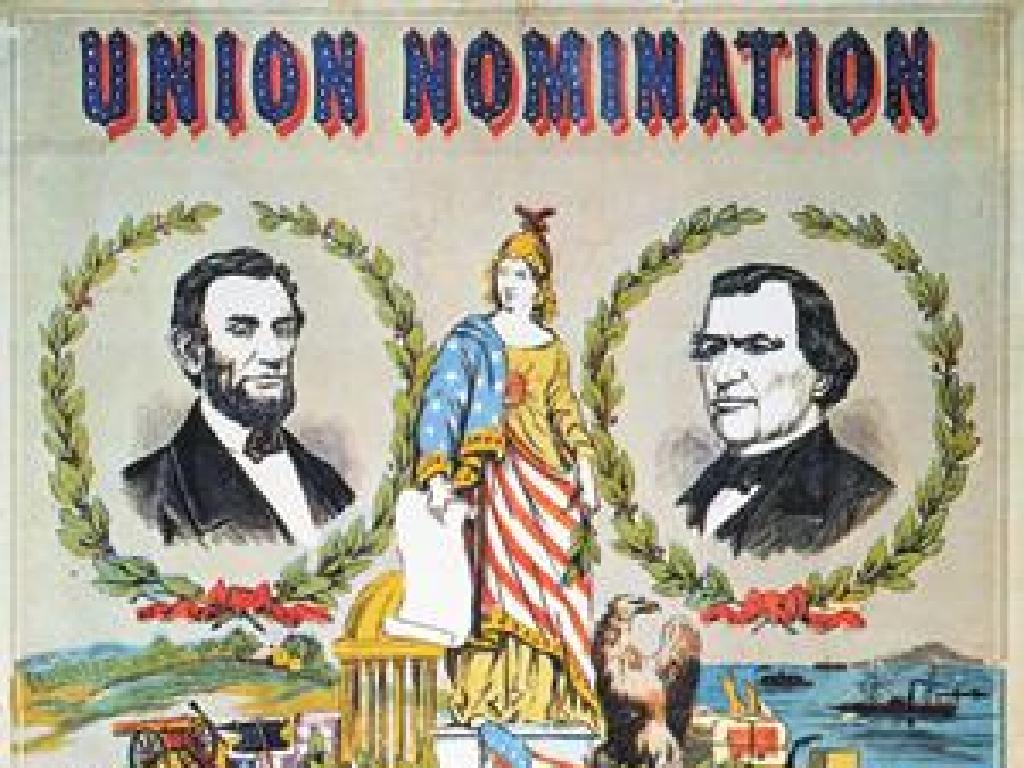Southern Colonies: Founding And Government
Subject: Social studies
Grade: Fourth grade
Topic: English Colonies In North America
Please LOG IN to download the presentation. Access is available to registered users only.
View More Content
Exploring the Southern Colonies
– Introduction to Southern Colonies
– The Southern Colonies were Maryland, Virginia, North Carolina, South Carolina, and Georgia.
– Roots of our nation’s history
– Understanding history helps us learn about our country’s beginnings.
– The importance of Southern Colonies
– They were known for agriculture and had a significant role in early American society.
– Key features of their founding
– We’ll discover why these colonies were established and how their governments were formed.
|
This slide introduces the Southern Colonies, which are essential for understanding the early history of the United States. Emphasize to the students that these colonies played a pivotal role in the development of America’s culture and economy. Highlight the fact that these colonies were primarily agricultural, with crops like tobacco and cotton driving their economies. Discuss the reasons for their founding, such as economic opportunities and religious freedom. Explain that their governments were among the first forms of democracy in the New World. Encourage students to think about how these colonies have shaped the nation’s history and contribute to its current state.
Exploring the Southern Colonies
– What were the Southern Colonies?
– Maryland, Virginia, North Carolina, South Carolina, Georgia
– Geography and climate
– Warm climate, fertile soil, long growing season
– Unique crops and resources
– Tobacco, rice, indigo, and cotton thrived
– Southern Colonies’ contribution
– These colonies became known for agriculture and trade
|
This slide introduces the Southern Colonies in the context of the English settlements in North America. Students will learn the names of the colonies: Maryland, Virginia, North Carolina, South Carolina, and Georgia. Discuss the geographical features like the fertile soil and warm climate that made the region ideal for farming. Highlight the main crops such as tobacco, rice, indigo, and cotton, and explain how these resources shaped the colonies’ economies. Emphasize the importance of agriculture and trade in the development of these colonies. Encourage students to think about how geography can influence the economy and culture of a region.
Founding of the Southern Colonies
– Founders of the Southern Colonies
– Settlers from England seeking new opportunities
– London Company’s role
– The London Company gave charters, allowing colonies to form
– Jamestown’s establishment
– The first permanent English settlement in America, 1607
– Significance of Jamestown
– Jamestown set the stage for the growth of English America
|
This slide introduces the founding of the Southern Colonies in North America. It highlights the key players involved, including the settlers from England who were looking for new opportunities and the London Company that provided the charters, which were official documents permitting the establishment of colonies. The story of Jamestown is particularly important as it was the first permanent English settlement in America, founded in 1607. Its success and survival were crucial for the future development of the English presence in the New World. When discussing this slide, emphasize the motivations of the settlers and the challenges they faced in establishing Jamestown. Encourage students to consider how these early events shaped the history of the United States.
Life in the Southern Colonies
– Settlers’ daily life in the South
– Daily routines were influenced by farming and seasons
– Agriculture’s role in the colonies
– Farming was central, with crops like tobacco and cotton
– Plantations’ impact on society
– Large farms, or plantations, were like small villages
– Slavery’s effect on economy
– Slavery was a harsh reality that fueled the plantation economy
|
This slide aims to give students a glimpse into the everyday life of settlers in the Southern Colonies, emphasizing the importance of agriculture and plantations. Discuss how the warm climate and fertile land made farming a major part of life, leading to the growth of plantations. Explain that plantations were large estates where crops were grown and were often self-sufficient communities. Highlight the unfortunate truth that the success of these plantations relied heavily on the labor of enslaved people, which had a profound impact on the economy and society of the Southern Colonies. Encourage students to reflect on how these factors shaped the culture and development of the region.
Government in the Southern Colonies
– Structure of Southern governments
– Leaders made laws and decisions for the colony
– The House of Burgesses explained
– First form of self-government; made local laws
– Types of colonies: proprietary, royal, charter
– Proprietary: owned by person/family, Royal: ruled by king, Charter: self-ruled with permission
|
This slide aims to educate fourth-grade students on the governmental structures of the Southern Colonies. It covers the hierarchical nature of decision-making within the colonies, the pioneering establishment of the House of Burgesses as the first legislative assembly in America, and the distinctions between the three types of colonies: proprietary, royal, and charter. The proprietary colonies were owned by individuals or families who could make laws and appoint officials. Royal colonies were under direct control of the king, who appointed a governor. Charter colonies had charters allowing them to self-govern to a certain extent. Encourage students to think about how these different types of government compare to our current government system.
The Southern Colonies and Native Americans
– Settlers and Native American relations
– How did they communicate and help each other?
– Trade, conflict, and treaties overview
– Exchanges of goods, disagreements, and agreements made
– European settlement impacts
– How did the lives of Native Americans change?
– Understanding historical interactions
|
This slide aims to give students a clear picture of the complex relationships between the Southern Colonies’ settlers and the Native American tribes. Discuss how these groups interacted, including their communication, cooperation, and the inevitable conflicts that arose. Highlight the role of trade as a form of interaction and the treaties that were often created to resolve disputes. Emphasize the profound impact European settlement had on Native American communities, from changes in land use to shifts in their way of life. Encourage students to think critically about these historical interactions and their long-term effects.
Class Activity: Create Your Own Southern Colony
– Form groups to design a colony
– Choose a name and location
– Decide on government structure
– Will it be a democracy or a monarchy?
– Plan your colony’s economy
– Will you grow crops or trade goods?
|
This activity allows students to apply their understanding of the Southern colonies by creating their own. Divide the class into small groups and provide them with materials to design their colony. Each group should come up with a unique name and choose a location for their colony on a map. They must also decide what type of government will lead their colony and how their economy will function, whether through agriculture, trade, or other means. After the groups have finished, they will present their colony to the class, explaining the reasoning behind their choices. This will help students grasp the complexities of founding a colony and the factors that influence its success. Possible activities: drawing their colony, creating a flag, writing a ‘constitution’, or acting out a ‘town meeting’.






